-
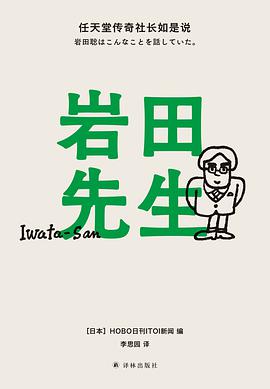
岩田先生
本书取材于HOBO日刊ITOI新闻所刊载的岩田聪先生的大量访谈,以及任天堂官网上登出的《向社长询问》栏目,将“岩田先生的话”按照时间、主题的顺序,重新编排,汇集成册。从来自札幌的高中生“天才程序员”,到扭转巨额负债状况的小型企业社长,再到世界顶尖游戏公司任天堂主理人。岩田聪传奇的一生,他的经历与经验,价值观与哲学,经营理念,以及对于创意的思考,尽在这本书中。书中还特别收录了宫本茂和糸井重里谈岩田先生的追忆文章。
-
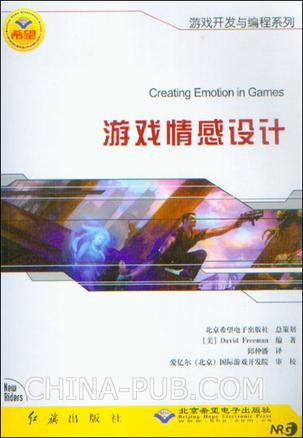
游戏情感设计
过去的游戏缺乏情感,也很少有值得动情的对象,因为一般游戏角色只能发出机械的声音和做出固定的动作,很难让人产生情感效果。随着计算机游戏技术的提高,我们不断完善模拟的思想、行为与情感,创建更加扣人心弦的游戏,让玩家进入强烈的情感之旅。本书介绍如何创建与提炼情感工程技术。 DavidFreeman的情感工程技术包括下列内容:让玩家认同自己的角色和与NPC(非玩家角色)结合、设计动人而出入意料的游戏时刻、创建具有情感深度的NPC。情感工程技术分为32类,本书分别介绍了所有这些技术,并对每一类中的各种技术进行了演示。 -
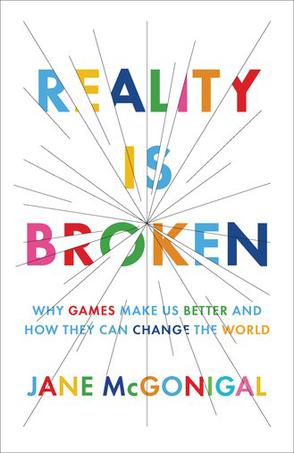
Reality Is Broken
Visionary game designer Jane McGonigal reveals how we can harness the power of games to solve real-world problems and boost global happiness. More than 174 million Americans are gamers, and the average young person in the United States will spend ten thousand hours gaming by the age of twenty-one. According to world-renowned game designer Jane McGonigal, the reason for this mass exodus to virtual worlds is that videogames are increasingly fulfilling genuine human needs. In this groundbreaking exploration of the power and future of gaming, McGonigal reveals how we can use the lessons of game design to fix what is wrong with the real world. Drawing on positive psychology, cognitive science, and sociology, Reality Is Broken uncovers how game designers have hit on core truths about what makes us happy and utilized these discoveriesto astonishing effect in virtual environments. Videogames consistently provide the exhilarating rewards, stimulating challenges, and epic victories that are so often lacking in the real world. But why, McGonigal asks, should we use the power of games for escapist entertainment alone? Her research suggests that gamers are expert problem solvers and collaborators because they regularly cooperate with other players to overcome daunting virtual challenges, and she helped pioneer a fast-growing genre of games that aims to turn gameplay to socially positive ends. In Reality Is Broken , she reveals how these new alternate reality games are already improving the quality of our daily lives, fighting social problems such as depression and obesity, and addressing vital twenty-first-century challenges-and she forecasts the thrilling possibilities that lie ahead. She introduces us to games like World Without Oil, a simulation designed to brainstorm-and therefore avert- the challenges of a worldwide oil shortage, and Evoke, a game commissioned by the World Bank Institute that sends players on missions to address issues from poverty to climate change. McGonigal persuasively argues that those who continue to dismiss games will be at a major disadvantage in the coming years. Gamers, on the other hand, will be able to leverage the collaborative and motivational power of games in their own lives, communities, and businesses. Written for gamers and nongamers alike, Reality Is Broken shows us that the future will belong to those who can understand, design, and play games. -
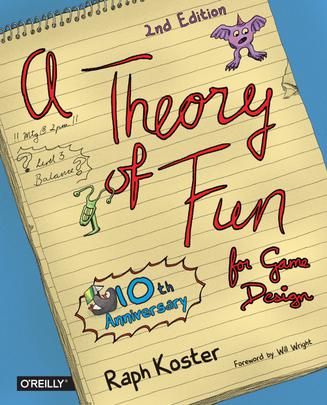
A Theory of Fun for Game Design
A Theory of Fun for Game Design is not your typical how-to book. It features a novel way of teaching interactive designers how to create and improve their designs to incorporate the highest degree of fun. As the book shows, designing for fun is all about making interactive products like games highly entertaining, engaging, and addictive. The book's unique approach of providing a highly visual storyboard approach combined with a narrative on the art and practice of designing for fun is sure to be a hit with game and interactive designers, At first glance A Theory of Fun for Game Design is a book that will truly inspire and challenge game designers to think in new was; however, its universal message will influence designers from all walks of life. This book captures the real essence of what drives us to seek out products and experiences that are truly fun and entertaining. The author masterfully presents his engaging theory by showing readers how many designs are lacking because they are predictable and not engaging enough. He then explains how great designers use different types of elements in new ways to make designs more fun and compelling.Anyone who is interested in design will enjoy how the book works on two levels--as a quick inspiration guide to game design, or as an informative discussion that details the insightful thinking from a great mind in the game industry. -
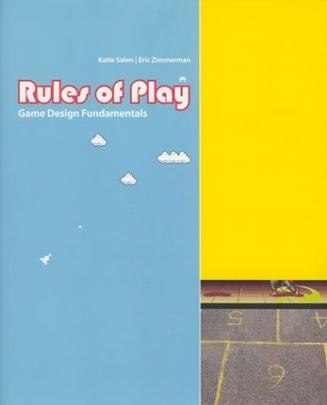
Rules of Play
As pop culture, games are as important as film or television--but game design has yet to develop a theoretical framework or critical vocabulary. In Rules of Play Katie Salen and Eric Zimmerman present a much-needed primer for this emerging field. They offer a unified model for looking at all kinds of games, from board games and sports to computer and video games. As active participants in game culture, the authors have written Rules of Play as a catalyst for innovation, filled with new concepts, strategies, and methodologies for creating and understanding games..Building an aesthetics of interactive systems, Salen and Zimmerman define core concepts like "play," "design," and "interactivity." They look at games through a series of eighteen "game design schemas," or conceptual frameworks, including games as systems of emergence and information, as contexts for social play, as a storytelling medium, and as sites of cultural resistance.Written for game scholars, game developers, and interactive designers, Rules of Play is a textbook, reference book, and theoretical guide. It is the first comprehensive attempt to establish a solid theoretical framework for the emerging discipline of game design. -
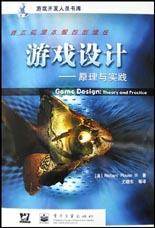
游戏设计